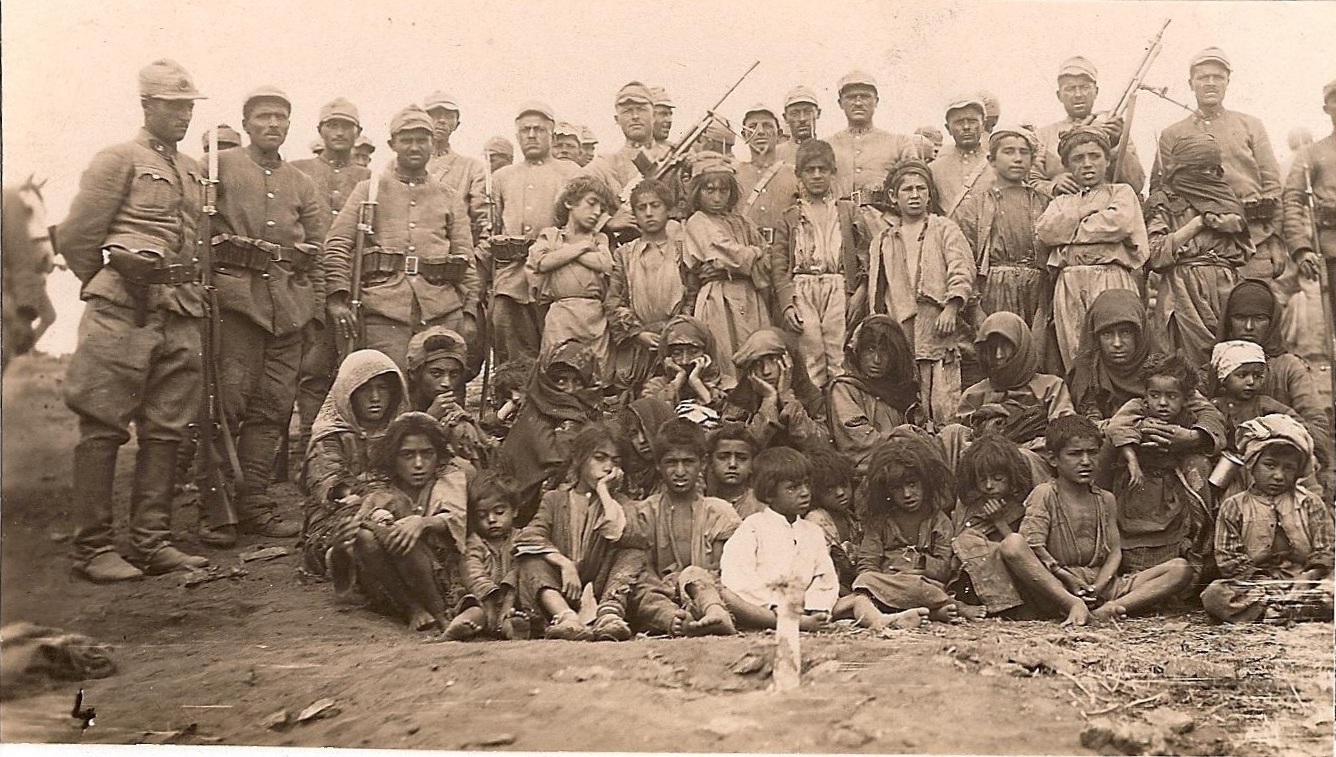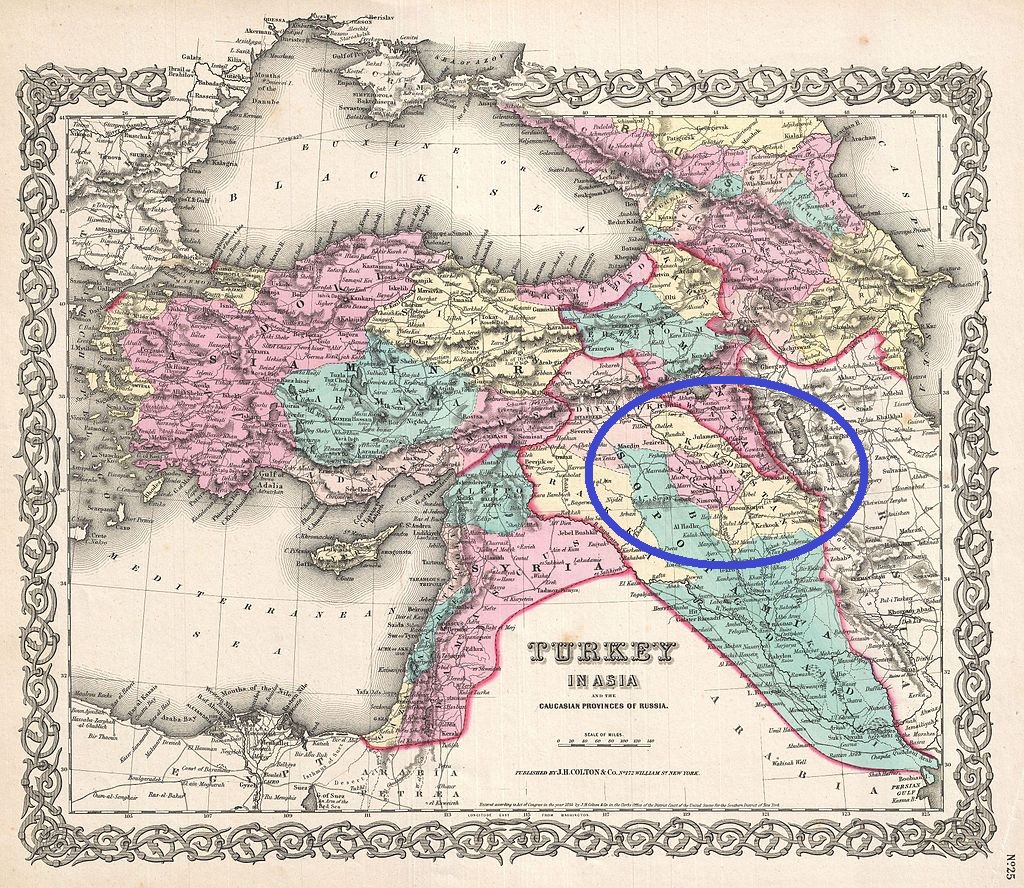|
Kurds In Turkey
The Kurds are the largest ethnic minority in Turkey. According to various estimates, they compose between 15% and 20% of the population of Turkey.; ; Sandra Mackey , "The reckoning: Iraq and the legacy of Saddam", W.W. Norton and Company, 2002. Excerpt from pg 350: "As much as 25% of Turkey is Kurdish." There are Kurds living in various provinces of Turkey, but they are primarily concentrated in the Eastern Anatolia Region, east and Southeastern Anatolia Region, southeast of the country within the region viewed by Kurds as Turkish Kurdistan. During the violent suppressions of numerous Kurdish rebellions since the establishment of the Republic of Turkey in 1923, such as the Sheikh Said Rebellion, the Ararat rebellion, and the Dersim Rebellion, massacres have periodically been committed against the Kurds, with one prominent incident being the Zilan Massacre. The Turkish government categorized Kurds as "Mountain Turks" until 1991, and Denial of Kurds by Turkey, denied the existen ... [...More Info...] [...Related Items...] OR: [Wikipedia] [Google] [Baidu] |
Hakkâri (city)
Hakkâri (), formerly known as Julamerk, (, , ) is a city and the seat of Hakkâri District in the Hakkâri Province of Turkey. The city is populated by Kurds and had a population of 58,470 in 2023. It is located about 40 kilometres from the Iraq–Turkey border, but the distance to the nearest Iraqi border crossing (Ibrahim Khalil Border Crossing) by road is about 270 km. Etymology According to medieval and most of modern scholars, Hakkari is named after a local Kurdish tribes, Kurdish tribe called Hakkariyya, Hakkâri. According to Nicholas Al-Jeloo, Hakkari is derived from the Akkadian word Ikkari or Aramaic Akkare, meaning farmers. Neighborhoods The city is divided into the neighborhoods of Bağlar, Berçelan, Biçer, Bulak, Dağgöl, Gazi, Halife Derviş, Karşıyaka, Keklikpınar, Kıran, Medrese, Merzan, Pehlivan, Sümbül and Yeni. History Prior to the Assyrian genocide of 1915, Hakkari was the home of Assyrians for centuries. After the genocide perpetrated by th ... [...More Info...] [...Related Items...] OR: [Wikipedia] [Google] [Baidu] |
Yazidism In Turkey
Yazidism in Turkey refers to adherents of Yazidism from Turkey, who remained in Turkey after the dissolution of the Ottoman Empire. The Yazidis living in Turkey during and after the second half of the 20th century gradually left for European countries. In the 1980s, there were 60,000 Yazidis situated in Beşiri, Kurtalan, Bismil, Midyat, İdil, Idil, Cizre, Nusaybin, Viranşehir, Suruç and Bozova. Today, these places are almost empty due to exodus to Europe which was provoked by political, religious and economic difficulties. Today only small number remain in villages around Midyat, Viranşehir, Çınar, Diyarbakır, Çınar and Beşiri. According to the census of 2000, only 423 individuals adhering to Yazidism remained in the country. Demography According to the Society for Threatened Peoples, 300,000 Yazidis originally lived in Turkey. In the 1980s, the number of Yazidis in Turkey was around 60,000. In 1993, the number was estimated to be 24,309. In 2003, the United States ... [...More Info...] [...Related Items...] OR: [Wikipedia] [Google] [Baidu] |
Dersim Rebellion
The Dersim massacre, also known as Dersim genocide, was carried out by the Turkish military over the course of three operations in the Dersim Province (renamed Tunceli) against Kurds, Kurdish rebels of Kurdish Alevism, Alevi faith, and civilians in 1937 and 1938. Although most Kurds in Dersim remained in their home villages, notes that "Dersim rebellion" is a label applied by some and contested by others thousands were killed and many others were expelled to other parts of Turkey. Twenty tons of “Chloracetophenone, Chloracetophenon, Iprit, Iperit and so on” were ordered and used in the massacre. According to Turkish Army general Osman Pamukoğlu, in the 1990s, the Dersim massacre was carried on the operational order of Mustafa Kemal Atatürk. On 23 November 2011, Turkish prime minister Recep Tayyip Erdoğan apologized for the massacre, describing it as "one of the most tragic events of our near history" adding that, whilst some sought to justify it as a legitimate response to ... [...More Info...] [...Related Items...] OR: [Wikipedia] [Google] [Baidu] |
Ararat Rebellion
The Ararat rebellion, also known as the Ağrı rebellion ( or ''Ağrı isyanı''), was a 1930 uprising of the Kurds of Ağrı Province, in eastern Turkey, against the Turkish government. The leader of the guerrilla forces during the rebellion was Ihsan Nuri of the Jibran branch of the Jalali tribe. Background In 1926, before the Ararat revolt, Ibrahim Heski led the Hesenan, Jalali and Haydaran tribes in a rebellion (May 16–June 17, 1926). On 16 May, the Kurdish forces fought against the 28th Infantry Regiment of the 9th Infantry Division of the Turkish army and a Gendarmerie regiment in the Demirkapı region. The Turkish forces were defeated and the scattered 28th Regiment had to retreat towards Doğubeyazıt. On June 16/17, Heski and his forces were surrounded by the 28th and 34th regiments of the Turkish army and had to retreat over Yukarı Demirkapı to Iran. Xoybûn On 11 June 1930, armed responses under the leadership of Salih Pasha to the rebellion were initiat ... [...More Info...] [...Related Items...] OR: [Wikipedia] [Google] [Baidu] |
Turkish Kurdistan
Turkish Kurdistan or Northern Kurdistan () is the southeastern part of Turkey where Kurds form the predominant ethnic group. The Kurdish Institute of Paris estimates that there are 20 million Kurds living in Turkey, the majority of them in the southeast. Southeastern Turkey (Northern Kurdistan) is considered to be one of the four parts of Kurdistan, which also includes parts of northern Syria (Western Kurdistan), northern Iraq ( Southern Kurdistan) and northwestern Iran (Eastern Kurdistan). The term Turkish Kurdistan is often used in the context of Kurdish nationalism, which makes it a controversial term among proponents of Turkish nationalism. The term has different meaning depending on context. Geography The Encyclopaedia of Islam delineates the geography of Turkish Kurdistan as following: Nonetheless, it is emphasized that "the imprecise limits of the frontiers of Kurdistan hardly allow an exact appreciation of the area." The region forms the south-eastern edge of Ana ... [...More Info...] [...Related Items...] OR: [Wikipedia] [Google] [Baidu] |
Eastern Anatolia Region
The Eastern Anatolia region () is a geographical region of Turkey. The most populous province in the region is Van Province. Other populous provinces are Malatya, Erzurum and Elazığ. It is bordered by the Black Sea Region and Georgia in the north, the Central Anatolia Region in the west, the Mediterranean Region in the southwest, the Southeastern Anatolia Region and Iraq in the south, and Armenia, Azerbaijan, and Iran in the east. The region encompasses most of Western Armenia and had a large population of indigenous Armenians until the Armenian genocide. The Anatolia peninsula historically never encompassed what is now called "Eastern Anatolia" which was, instead, referred to as the Armenian highlands. It was renamed by the newly founded Turkish Republic in the 1920s. This has been seen as an attempt by Turkey to erase the Armenian history of the region. It has the highest average altitude, largest geographical area, and lowest population density of the seven Turki ... [...More Info...] [...Related Items...] OR: [Wikipedia] [Google] [Baidu] |
Milliyet
''Milliyet'' ( Turkish for "''nationality''") is a daily newspaper published in Istanbul, Turkey. History and profile ''Milliyet'' came to publishing life at the Nuri Akça press in Babıali, Istanbul as a daily private newspaper on 3 May 1950. Its owner was Ali Naci Karacan. After his death in 1955 the paper was published by his son, Encüment Karacan. For a number of years the person who made his mark on the paper as the editor-in-chief was Abdi İpekçi. İpekçi managed to raise the standards of the Turkish press by introducing his journalistic criteria. On 1 February 1979, İpekçi was murdered by Mehmet Ali Ağca, who would later attempt to assassinate the Pope John Paul II. Between 14 August and 27 August 1983 the paper was temporarily banned by the martial law authorities. ''Milliyet'' is published in the broadsheet format. In 2001 ''Milliyet'' had a circulation of 337,000 copies. According to comScore, ''Milliyet'' website is the fifth most visited news website i ... [...More Info...] [...Related Items...] OR: [Wikipedia] [Google] [Baidu] |
Turkey
Turkey, officially the Republic of Türkiye, is a country mainly located in Anatolia in West Asia, with a relatively small part called East Thrace in Southeast Europe. It borders the Black Sea to the north; Georgia (country), Georgia, Armenia, Azerbaijan, and Iran to the east; Iraq, Syria, and the Mediterranean Sea to the south; and the Aegean Sea, Greece, and Bulgaria to the west. Turkey is home to over 85 million people; most are ethnic Turkish people, Turks, while ethnic Kurds in Turkey, Kurds are the Minorities in Turkey, largest ethnic minority. Officially Secularism in Turkey, a secular state, Turkey has Islam in Turkey, a Muslim-majority population. Ankara is Turkey's capital and second-largest city. Istanbul is its largest city and economic center. Other major cities include İzmir, Bursa, and Antalya. First inhabited by modern humans during the Late Paleolithic, present-day Turkey was home to List of ancient peoples of Anatolia, various ancient peoples. The Hattians ... [...More Info...] [...Related Items...] OR: [Wikipedia] [Google] [Baidu] |
Ethnic Minority
The term "minority group" has different meanings, depending on the context. According to common usage, it can be defined simply as a group in society with the least number of individuals, or less than half of a population. Usually a minority group is disempowered relative to the majority rule, majority, and that characteristic lends itself to different applications of the term minority. In terms of sociology, economics, and politics, a demographic that takes up the smallest fraction of the population is not necessarily labelled the "minority" if it wields dominant power. In the academic context, the terms "minority" and "majority" are used in terms of hierarchical power structures. For example, in South Africa, during Apartheid, white Europeans held virtually all social, economic, and political power over black Africans. For this reason, black Africans are the "minority group", despite the fact that they outnumber white Europeans in South Africa. This is why academics more fre ... [...More Info...] [...Related Items...] OR: [Wikipedia] [Google] [Baidu] |





